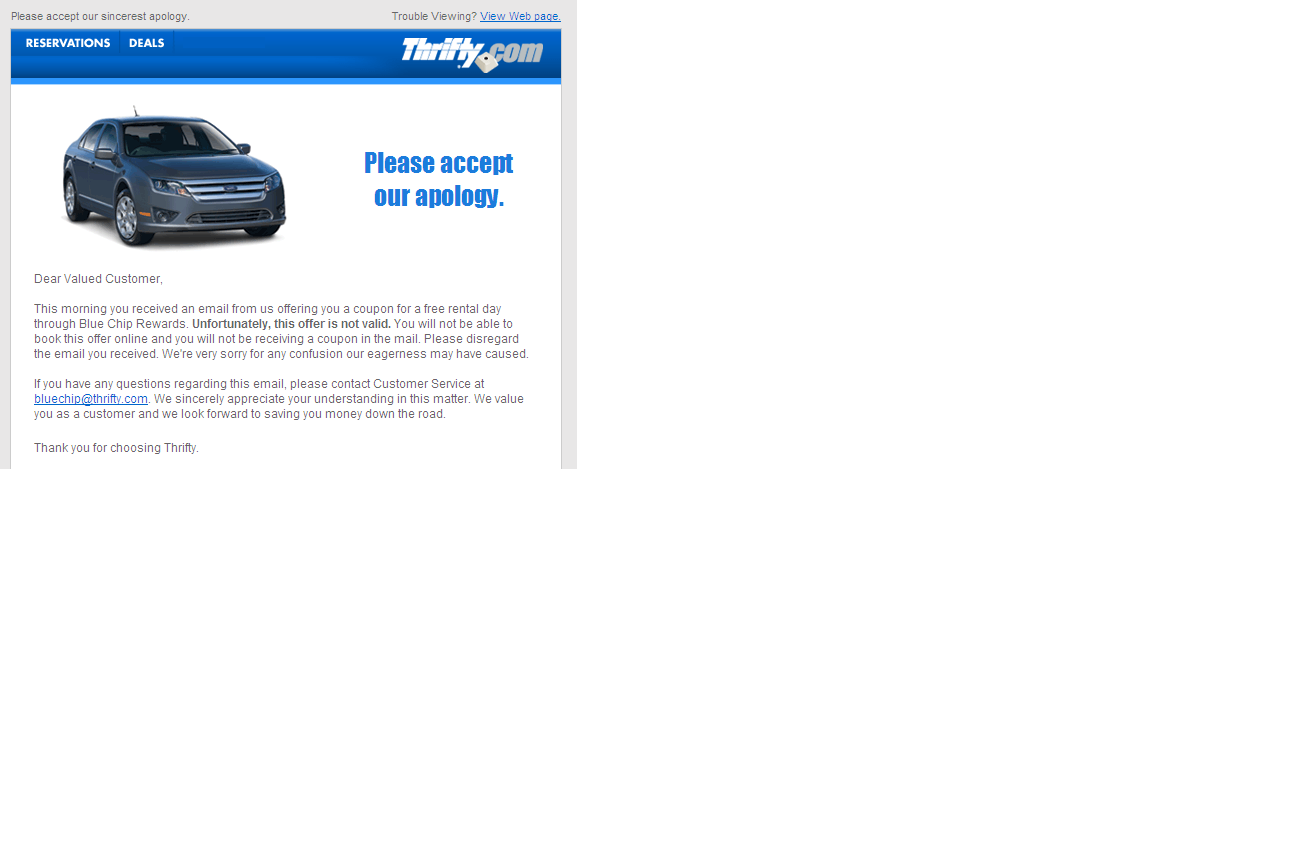Regardless of all the stories about email being dead, it is still around and it is still used for marketing purposes. Think about the amount of email you get every day. How much of it is personal (and by that I mean addressed to you from a real live person, whether it be to discuss weekend plans or the latest changes to the document you are working on)? I bet only a small fraction falls in the latter category.
What makes email marketing so effective is that it targets people directly and sends the messages into a place they are likely to be every day–their email inbox. Successful email marketing is personalized and customized. Email marketing gives you the ability to address email to individuals by name and send them the news, offers or other information that is relevant to them.
And yet, today I got an email with the following subject line: David, connect with [name of marketer]. Yes, you are personalizing, but you screwed up my name. I could have deleted it had I not recognized the sender.
And yet, on Friday, I got this email from Thrifty:
Then, on Saturday I got this one:
 I am not sure how many people got this email, but since I happen to rent a few times a year, I thought the first email was for real and an offer for me personally, even though I don’t have a Blue Chip account. The second email–addressed to “Dear Valued Customer”–did not make me feel valued at all. Thrifty is now telling me that it screwed up and that the offer it sent is not valid,without doing anything to compensate for the mistake.
I am not sure how many people got this email, but since I happen to rent a few times a year, I thought the first email was for real and an offer for me personally, even though I don’t have a Blue Chip account. The second email–addressed to “Dear Valued Customer”–did not make me feel valued at all. Thrifty is now telling me that it screwed up and that the offer it sent is not valid,without doing anything to compensate for the mistake.
Are you screwing up the goodwill?
How many times can you screw up and keep goodwill? The difference between screwing up in a mass advertising campaign is that it is impersonal. When you screw up on email you have addressed a client/customer/prospect directly and personally, you have to be more contrite. Since you have the ability to be personal, then be personal! And be more careful.
It is about opting-in. Don’t give them a reason to opt-out.
The reason that we use email marketing is because, generally, it is opt-in. That is, people have signed up to receive our messages and want to get them. There is goodwill. But if you fail to personalize, send out erroneous offers, or the wrong offers, you are jeopardizing that goodwill and giving your list a reason to opt out.
Thoughts?
About Deborah Brody
Deborah Brody writes and edits anything related to marketing communications. Most blog posts are written under the influence of caffeine.


